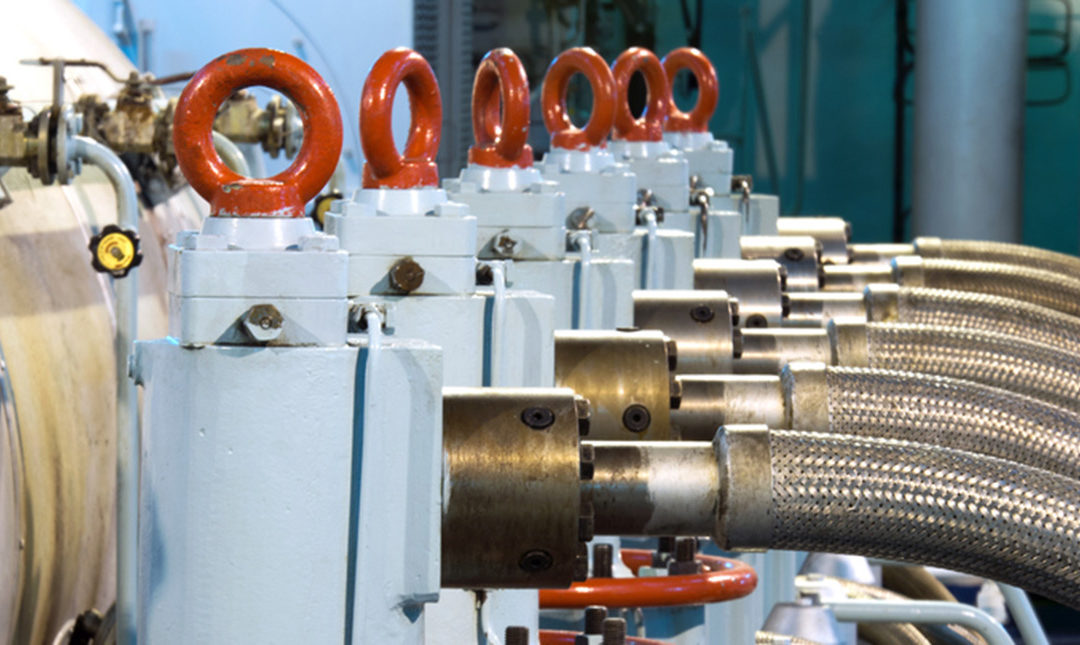Making Ships Go
Marine Engineering is a field of engineering that deals with the design, construction, operation, development, production, and maintenance of the marine equipment that forms a part of seagoing vessels, harbor installations, and docks. While naval architects design ships and determine their shapes and sizes, it is the marine engineer who designs and operates the internal systems that bring these vessels to life. A marine engineer looks after various systems that help in the operations of ships like the propulsion mechanics, electricity and power generation system, lubrication, fuel systems, water distillation, lighting, refrigeration and air conditioning system, and sewage system. The field of marine engineering is closely related to mechanical engineering, although the modern marine engineer requires knowledge (and hands-on experience) with electrical, electronic, pneumatic, hydraulic, chemistry, control engineering, naval architecture, process engineering, gas turbines, and even nuclear technology on certain military vessels.
Merchant Navy is a term used to describe a country’s commercial shipping, such as tankers, bulk carriers, ferries, research vessels, tug boats, and cruise ships. A non-military service, the Merchant Navy is a part of a global economy that impacts our daily lives, from the things we own and use every day to the food we eat. Though not part of the military, professions on merchant vessels – including that of marine engineer – are classified by rank. Advancement in rank is a function of performance, ability, time served, training courses taken and licenses obtained.
To learn more about marine engineering and to access Ocean Connect’s wide range of educational and career resources, please visit our Marine Engineering snapshot.

